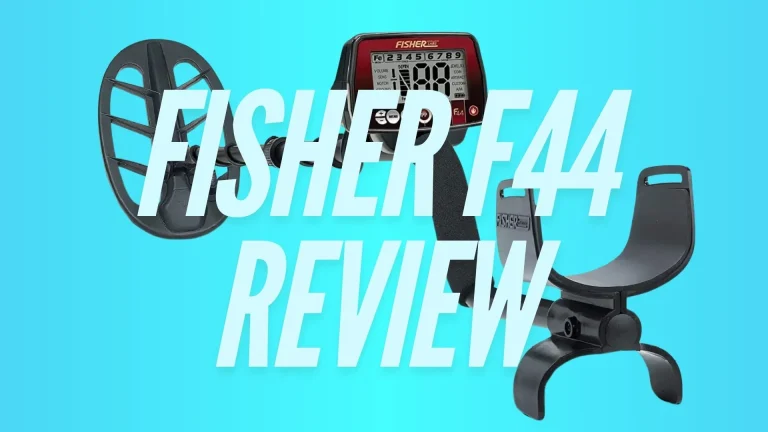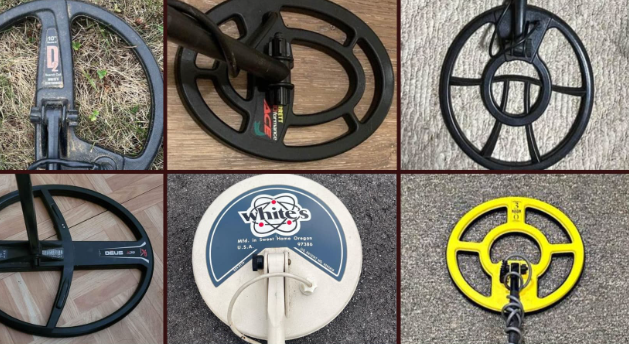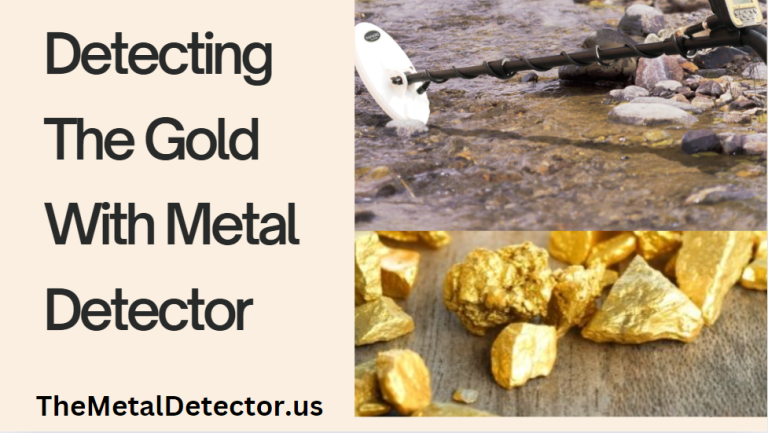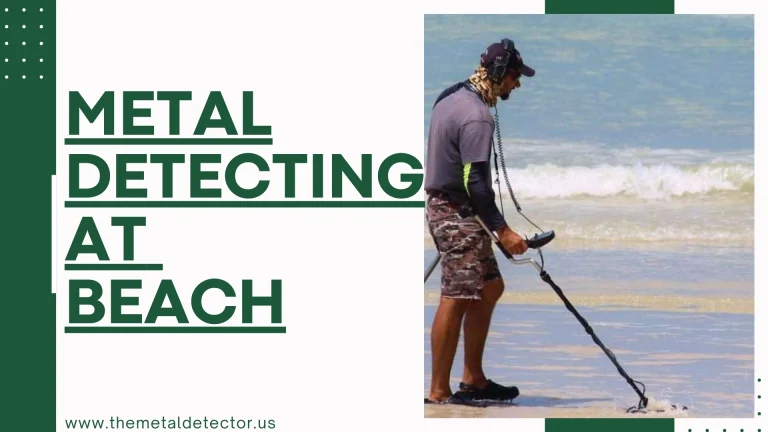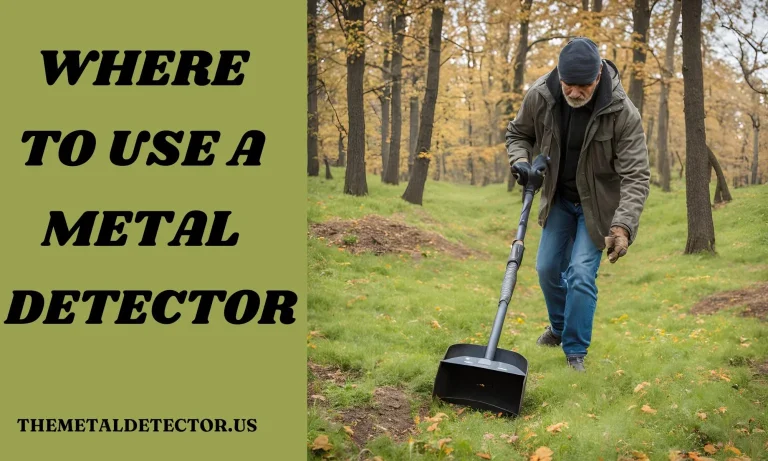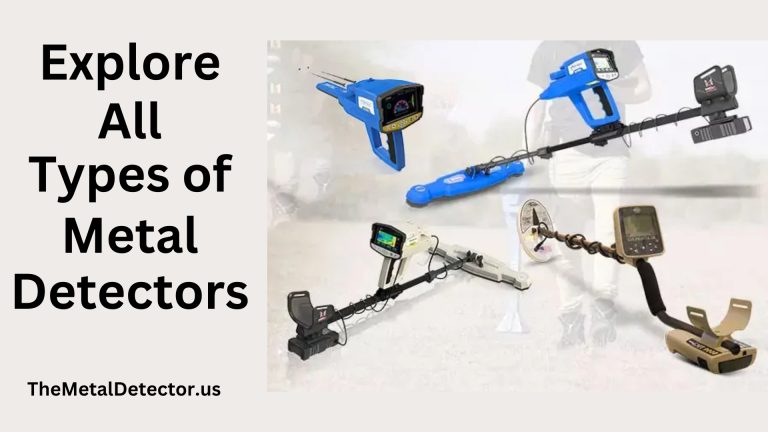How To Use Metal Detectors for Detecting | Guide 2025
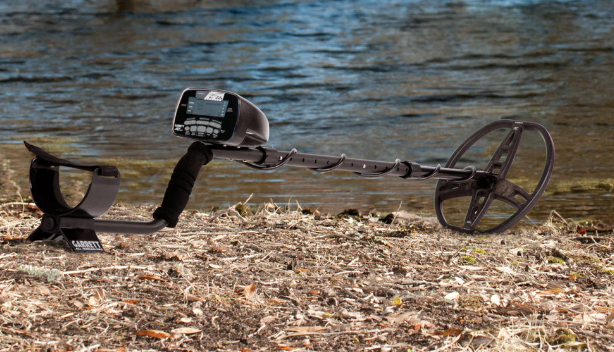
Starting a new hobby like metal detecting can be an exciting way to explore the outdoors and uncover hidden treasures. Whether you are a beginner or just curious about how to use metal detectors effectively, this guide is here to help. We’ll cover everything from choosing the right metal detector to understanding its settings and features, ensuring you have the best start on your treasure-hunting journey.
Metal detecting is a rewarding activity that anyone can enjoy. It offers a unique way to connect with history and nature. With the right techniques, you’ll learn where and how to search effectively. This maximizes your chances of discovering something special. Even if you don’t find treasures every time, the thrill of the hunt and the joy of being outdoors make it all worthwhile.
So let’s dive into this article and find out the techniques to use your metal detector effectively.
Purchase a metal detector
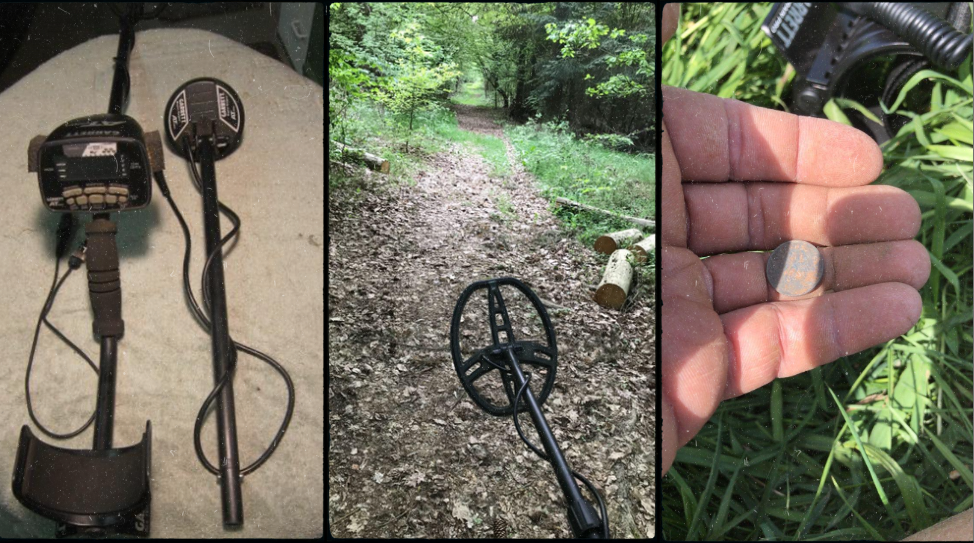
When starting for metal detecting, you don’t need the most expensive metal detector. Instead, focus on features that match your level of interest and the type of treasure hunting you plan to do. If you’re just beginning, there are many all-purpose detectors like the Minelab Equinox 800, Garrett Ace 400, Bounty Hunter Pioneer 505 or the Garrett Ace 250 that are suitable for general exploration.
For those seeking deeper, more serious finds, models like the Fisher Gemini, Garrett GTI 2500, Nokta FORS CoRe Pro, Fisher Gold Bug or Garrett AT Gold are ideal.
You can read my article to get information about how to choose a coil for your metal detector.
Essential Gear for Metal Detecting
Having the right gear is crucial for a successful metal-detecting experience. Beyond the metal detector itself, you need essential gears to make your metal detecting more effective and fruitful. The essential gears for metal detecting are as follows:
Headphones: Use headphones to clearly hear signals, especially in noisy environments.
Gloves: Gloves protect your hands while digging through dirt and metal.
Trowel: You will need a strong and hard tool, at least 8-10 inches long, for digging up finds.
Pinpointer (Optional): Pinpointer helps you to locate the exact position of objects after the detector finds a spot.
Additional Tools and Accessories
You will also need some additional tools which can assist you in your metal-detecting journey.
Pouch or Container: This is for safely storing the items you find.
Comfortable Clothing and Footwear: Wear appropriate attire for extended periods outdoors.
Buy from Certified Shops: Ensure the quality and reliability of your equipment.
Check our guide on “How to use a bounty hunter metal detector“
Understanding Key Metal Detector Settings
Knowing how to use your metal detector’s settings is essential for successful treasure hunting. Important settings include discrimination, sensitivity, and ground balance.
Discrimination
Discrimination helps you to filter out unwanted metals like iron to focus on valuable targets. In the starting, set discrimination to a high level to avoid trashy signals and concentrate on valuable items such as coins. Once you gain experience, you can lower discrimination to include mid-range targets.
Sensitivity
Sensitivity allows you to adjust the detector’s ability to find metals at various depths. In starting, use default sensitivity settings (60-70%) to avoid interference and false signals. As you progress, increase sensitivity for deeper or smaller finds but be cautious of potential interference from nearby electronic signals.
Ground Balance
Ground balance helps minimise false signals from mineralized soils for optimal detector performance. Beginners are advised to use detectors with preset ground balances. Advanced users should use the quick grab feature to adjust the ground balance for different terrains.
Detection Mode
Detection mode allows to filter specific types of objects to improve detection accuracy. This feature allows you to exclude certain items, such as coins or pull tabs, based on your search needs. Use the mode to make your detector responsive to focus on desired targets and reduce unwanted signals.
You may be interested in Different types of metal detectors
Choosing the Right Location for Metal Detecting
For beginners, selecting the right location is key to a successful metal-detecting experience. I have mentioned some of the best locations in the following which you can consider to start metal detecting.
Beaches: Ideal for finding lost jewellery, coins, and relics, especially near popular swimming areas.
Parks and Playgrounds: Great for discovering both modern and historical items, particularly in older parks.
Old Homesteads: Rich in historical remains, but permission is needed to detect in these areas.
Fields and Farmlands: Open fields with a history of gatherings or markets can yield diverse finds.
Historical Trails and Pathways: Perfect for uncovering older, potentially valuable items due to long-term use.
Under Ski Lifts: Potential spots for finding items dropped by skiers.
Churchyards: These may contain historical items, but ensure detecting is allowed.
Parking Areas: Sand, dirt, or grassy parking spots are worth exploring for lost items.
Recreational Vehicle Parks and Campsites: High-traffic areas where items are frequently lost.
Resort Areas: Resorts often have high foot traffic, making them good spots for detecting valuables.
The Three Golden Rules of Metal Detecting
When metal detecting, it’s important to follow specific rules to ensure responsible and ethical practices:
Get Permission: Always obtain permission before detecting on private property and check if public lands require permits.
Respect the Land: Stick to the “leave no trace” principle by filling in holes and disposing of any trash you find.
Preserve History: Be aware of laws regarding historical remains, as removing them can be illegal in many areas.
Techniques and Strategies for Metal Detecting
Mastering metal detecting involves more than just sweeping a detector over the ground. Key techniques include understanding your detector’s settings, such as ground balancing and pinpointing, and learning to interpret signals accurately. Additionally, choose locations wisely based on soil conditions and timing to improve your chances of success. Here is the step-by-step guide on using the metal detector to find treasures.
Start Sweeping the Ground
Begin your search by sweeping the detector slowly back and forth in an arc in front of you. Keep the coil about 6 inches or less above the ground. Walk at half your normal speed to ensure you cover the ground thoroughly. Make sure the coil doesn’t touch or bump the ground as this could cause false signals. Overlap your sweeps to avoid missing any spots.
Pinpoint the Target
When you hear a beep, stop immediately and pinpoint the exact location of the signal. Move the detector in small circles over the area where the beep occurred to narrow down the spot. If your detector has a sensitivity adjustment, increase it slightly to help locate the target more precisely.
Dig Carefully
Once you have pinpointed the location, use a small shovel or trowel to dig a piece of earth about 6 inches in diameter around the spot. Gently remove the piece and set it aside. If you have a pinpointer, use it to check if the object is in the piece or still in the ground. Carefully sift through the dirt to find the item, using gloved fingers to avoid damaging it.
Rescan the Area
After retrieving the object, rescan the hole and the surrounding area to ensure there are no other items nearby. It’s common for multiple objects to be located close together, so take a few extra seconds to double-check the spot before moving on.
Replace the Earth
Once you’ve finished your search in that area, replace the piece of earth back into the hole. Press it down firmly to help the ground recover quickly. Always leave the site as you found it, following the “leave no trace” principle to respect the environment.
Continue Your Search
Move on to the next area and repeat the process, ensuring you overlap your search lines by a foot or so each time. This helps cover the entire area thoroughly and increases your chances of finding more items. Focus on high-traffic areas within the site, such as the edges of pathways, under bleachers, or near food stands, where people are more likely to have dropped things.
Persistence and Patience
Metal detecting requires a great deal of patience and persistence. Beginners may face challenges like distinguishing between false signals and genuine finds. It’s important to maintain a positive attitude and keep realistic expectations. Even experienced detectorists sometimes go without notable discoveries but remain committed to their hobby.
Conclusion (How to use Metal Detectors)
Metal detecting is an exciting hobby that combines curiosity, exploration, and the joy of discovery. To use a metal detector effectively for metal detecting, start by setting it up correctly and adjusting the settings to match your search area. Sweep the detector slowly back and forth, keeping the coil close to the ground. When you hear a beep, pinpoint the exact spot, dig carefully, and retrieve your find. Always remember to rescan the area and fill in any holes. With patience and practice, you’ll develop the skills to uncover hidden treasures. Enjoy each moment of your treasure-hunting adventure!

